Subscribe now and get the latest podcast releases delivered straight to your inbox.
Want to know how I know I'm a marketer?
The other day I caught myself referring to the message in a birthday card as "content."
(I believe the direct quote was, "Don't lick that envelope yet, I still have to write the content.")
Needless to say, content is one of those "all-encompassing" marketing terms. It's eBooks, and blog articles, and infographics, and videos, and tweets, and birthday card messages, and, well, you get the point.
For this reason, it's common for marketers to feel overwhelmed when they are advised to "create content" for their business.
It's not so much that they don't think it'll work, but rather, they don't know where to start.
So, to shed some light on the situation, we've detailed six different marketing goals alongside the type of content you need to achieve them.
Goal #1: "We need more sales qualified leads."
The Solution: Educational Content
For website visitors to feel comfortable moving forward with a purchase, it's critical businesses have a plan in place for educating and readying them.
Educational content takes many different sizes, shapes, and forms.
Most notably, businesses have seen a lot of success creating informational blog posts and eBooks as a way to address and alleviate consumer pain points.
Take Moz, for example.
Moz sells SEO products that help businesses improve their search rankings, drive more traffic back to their website, and ultimately, earn customers. However, in order for Moz to close a sale, it needs to ensure its audience a) knows what SEO is and b) sees the value in improving their search rankings.
To do this, Moz offers a variety of SEO resources via the learning center on its website.
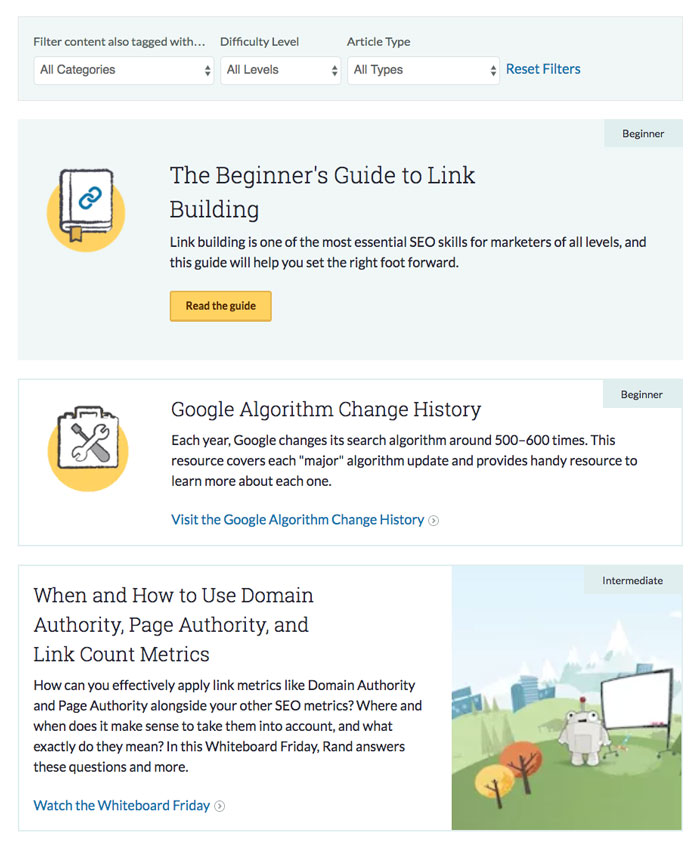
These resources are bucketed into different categories, difficulty levels, and content formats to help visitors easily discover educational content that lends itself to their specific needs and questions.
Goal #2: "We need to keep visitors on the site longer."
The Solution: Free Tools & Interactive Content
If you want to keep visitors on your website longer, you need to give them something to do beyond skimming an article. This is where free tools and various types of interactive content really come in handy.
By serving up content that encourages more exploration and engagement, it becomes much easier to move visitors closer to a conversion.
If you can pair that participatory element with a piece of content that provides a solution to one of your visitor’s paint points, you have an opportunity to create a really memorable experience.
For example, HubSpot created this free Invoice Template Generator to help small businesses get a handle on one of the less glamorous aspects of running a business: invoicing.
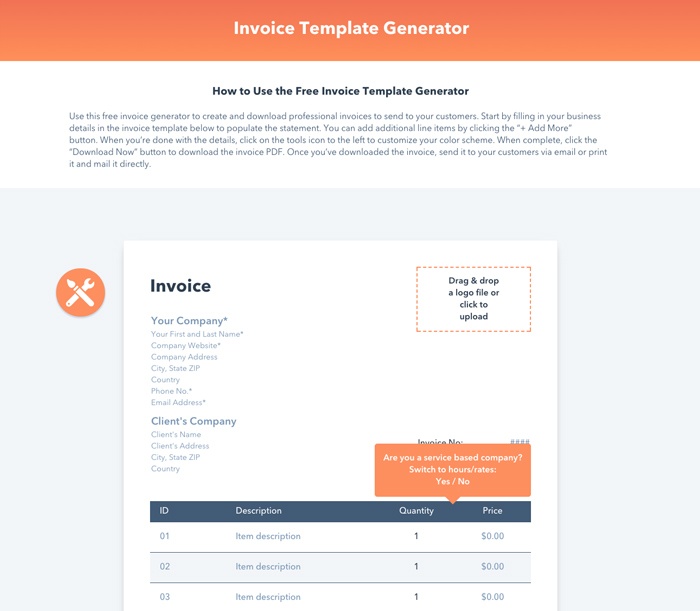
The free tool allows the visitor to take control of the outcome by inviting them to plug and play their information, customize colors, and drag-and-drop brand logos into the mix.
When creating free tools and interactive content, put yourself in the shoes of your user.
What elements would you want to click on, customize, expand, and explore? Keep these things top-of-mind as you develop the content and it won’t go unnoticed.
Goal #3: "We need to grow our presence of social media."
The Solution: Shareable Content
When it comes to increasing social media visibility, creating content people can’t help but share is key.
If you take a look at Buzzsumo’s analysis of the most shared content on Facebook in 2017, you’ll notice a few trends:
- Video content
- Quizzes
- News
- Research
- Emotion-driven content
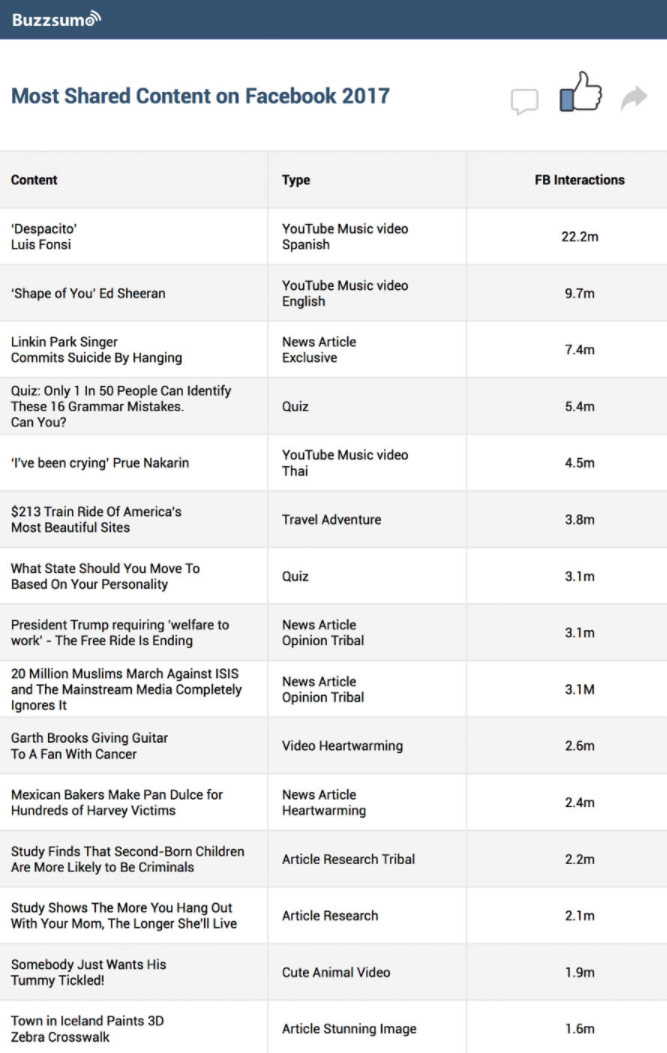
This comes as no surprise, as the shareability of a piece of content often boils down to format and subject matter, and while there’s no exact science for creating a viral piece of content, honing in on these shareable trends can help you increase the probability that people will share your post.
Here’s a great example from Buzzsumo’s analysis that demonstrates the shareability of quiz-style content:
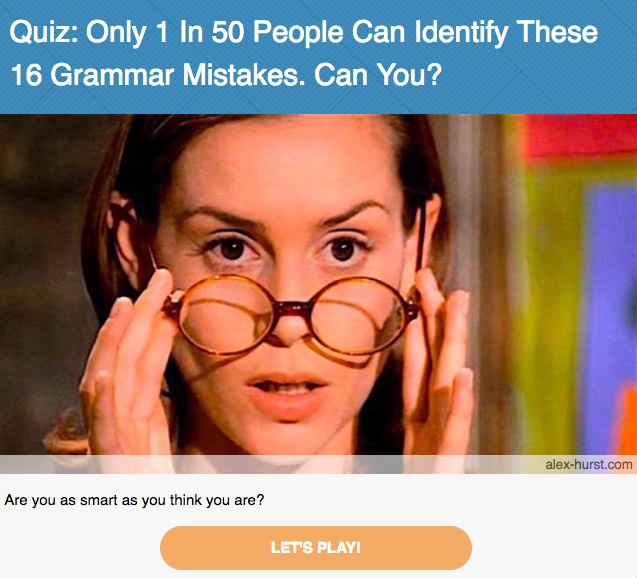
Notice how the quiz uses language that stirs up your extrinsic motivation, encouraging you to test your knowledge for the reward of knowing you are the 1 in 50. It's a challenge many can't resist.
(For the record, I nailed this quiz. Now, it’s your turn.)
Problem #4: "We need to drive more traffic back to the website."
The Solution: Search-optimized Content
Search-optimized content, as a general term, refers to any piece of content you’ve strategically created with the goal of increasing visibility, improving usefulness, or inspiring action.
From a tactical standpoint, this could mean:
- Blog posts or site pages optimized for a specific keyword
- Blog post or site pages designed to match a specific intent
- Blog post or site pages optimized for Google’s featured snippet
- Pillar pages that broadly cover a particular topic
- And more
For the sake of giving you something actionable to get started with here, let’s take a closer look at how featured snippet content -- the content that appears as a summary answering a query directly on a SERP -- can help you drive more traffic back to your website.
Just take a look at this blog post from Search Engine Watch that appears when you search for “what is a featured snippet” on Google:
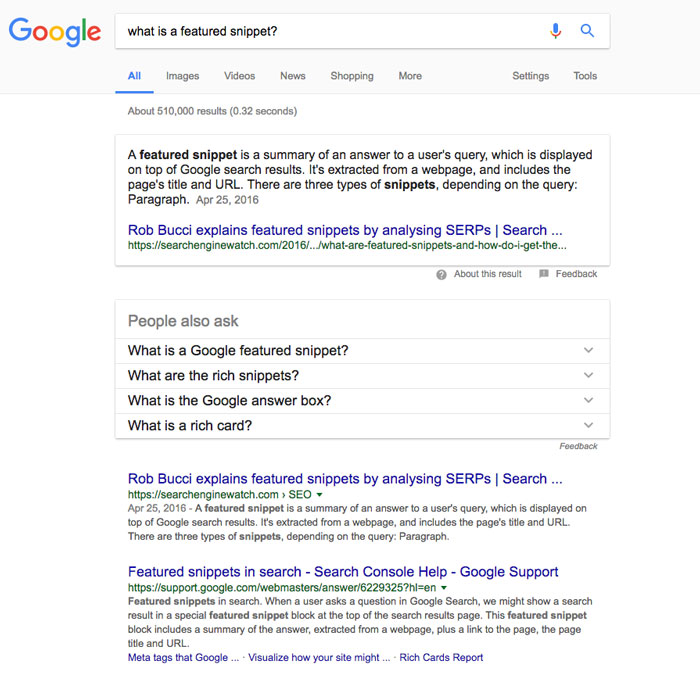
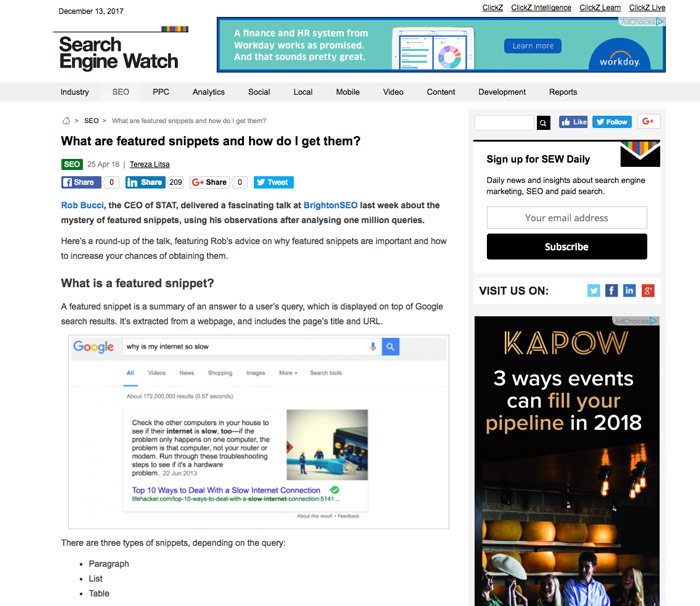
Aside from the fact that this piece of content appears at the very top of the page, it commands attention on the SERP because it teases a response to the searcher’s query.
Want to try snagging a snippet spot for a search query that’s related to your business? Check out this article for tips on how to format snippet-worthy content.
Problem #5: "We need to prove our capabilities."
The Solution: Case Studies
Case studies serve are an essential piece of content because they provide researching prospects with the evidence they need to pin your business as a credible one; one worth doing business with.
If you have a success story that you think would make for an awesome case study, consider the following before you get started:
- Be specific: Avoid ambiguity by serving up real numbers. Defining actual data will help to clarify the impact your product or service had on the business or individual while increasing the validity of your claims.
- Make them available: Don't hide your case studies. In addition to including them in your main navigation, consider peppering them into email newsletters and email interactions with prospects.
- Explore different formats: While many case studies adhere to a traditional format, feel free to explore different ways of presenting the information. Podcasts, infographics, and SlideShares are all viable options.
Looking for inspiration? Here’s a great example of how OpenTable -- an online restaurant reservations service -- lowered its cost-per-reservation and achieved a cheaper cost-per-click using Instagram ads.
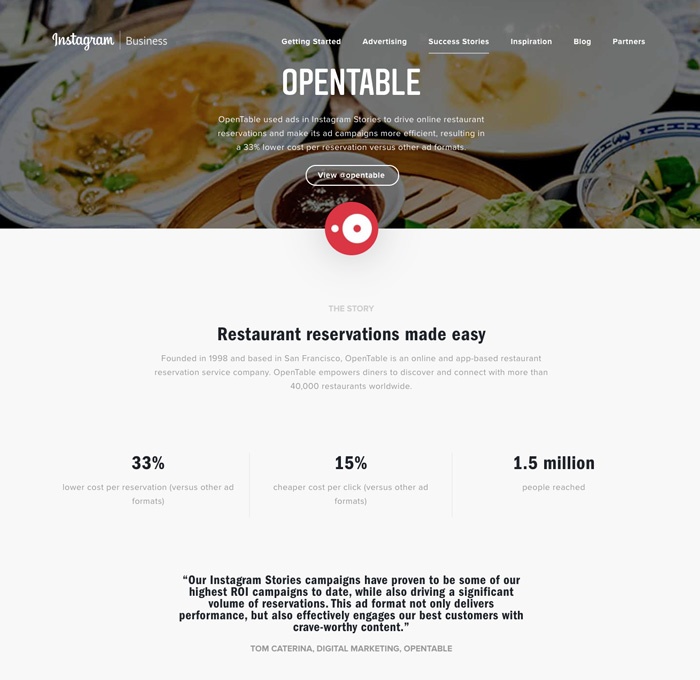
Notice how the “success story” calls out really clear, impressive takeaways upfront, and then dives deeper into the solution below the fold. The key is to catch a visitor’s attention early, so they can’t help but want to know more about how you helped that business reach their goals.
Need help creating your case studies?Try out our free case study template here.
Problem #6: "We need to generate brand awareness."
The Solution: User-generated Content
User-generated content campaigns serve as a relevant way to create an invitation for interaction. With user-generated content comes dialogue, and with dialogue comes word-of-mouth marketing, which ultimately contributes to increased brand awareness.
By employing a campaign that encourages your audience to submit their contributions through various social media platforms, you're tapping into their existing following to attract even more eyeballs.
For example, the American prescription glasses brand, Warby Parker, ingeniously invited its audience to try on a few pairs of glasses at home, and then post the various options on social media to solicit feedback from their following.
The ask felt natural, as people are used to consulting their friends and family when making decisions, which simplified the decision to participate and resulted in a ton of engagement via the #WarbyParkerHomeTryOn.
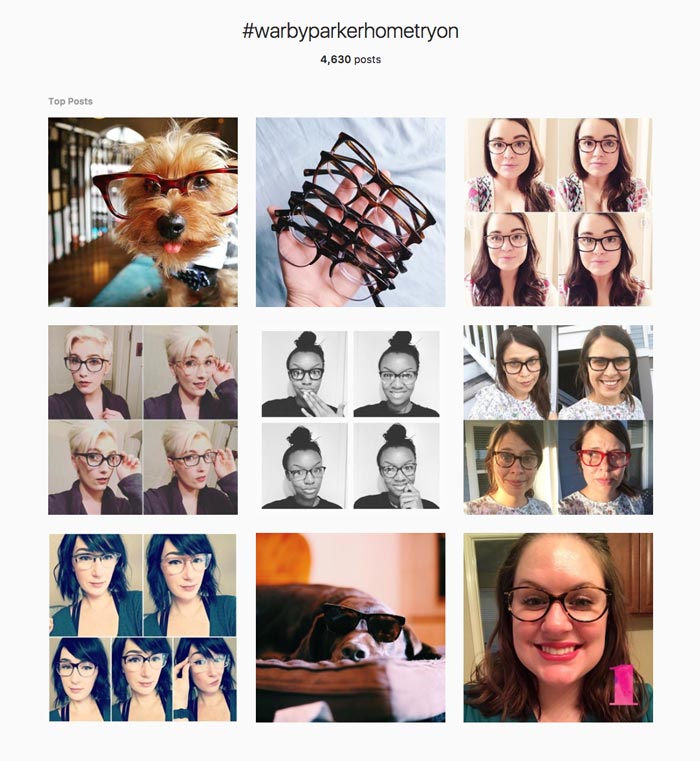
The best part? The content wasn’t limited to a particular platform, which meant people could collect feedback from the network where they felt most comfortable -- Facebook, Twitter, Instagram, YouTube, and so on.
Have more examples of these types of content you want to share? Let me know your favorites in the comments below.


Order Your Copy of Marcus Sheridan's New Book — Endless Customers!

